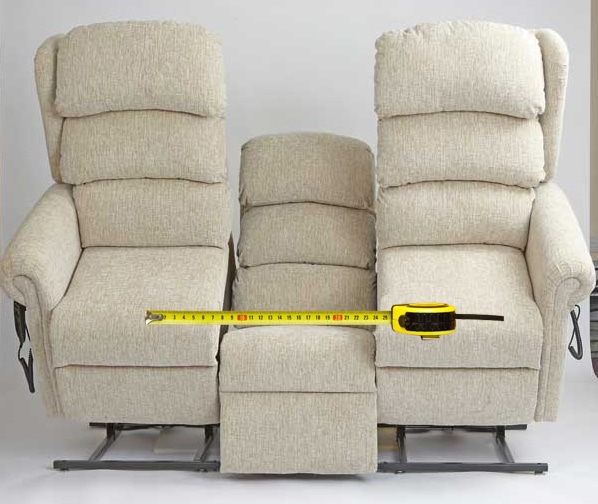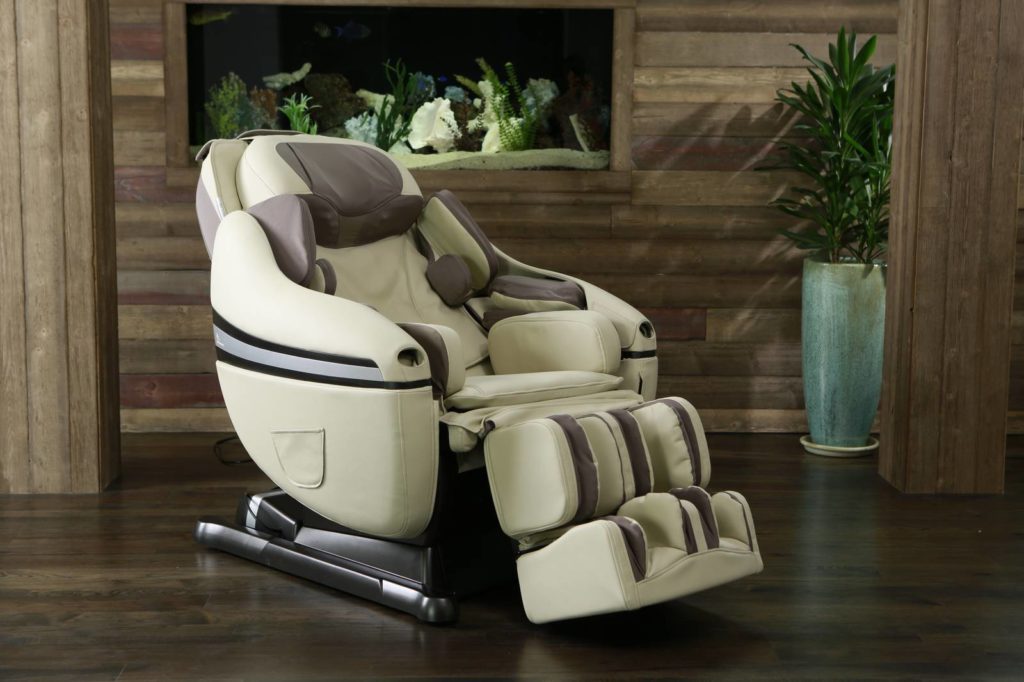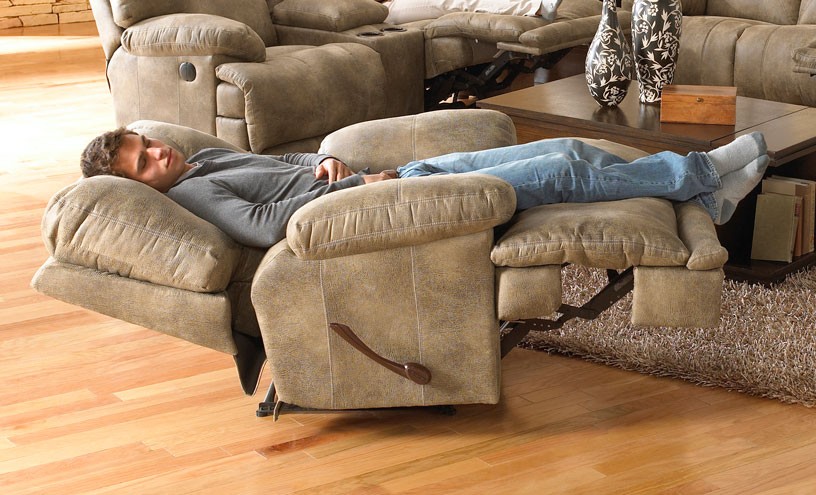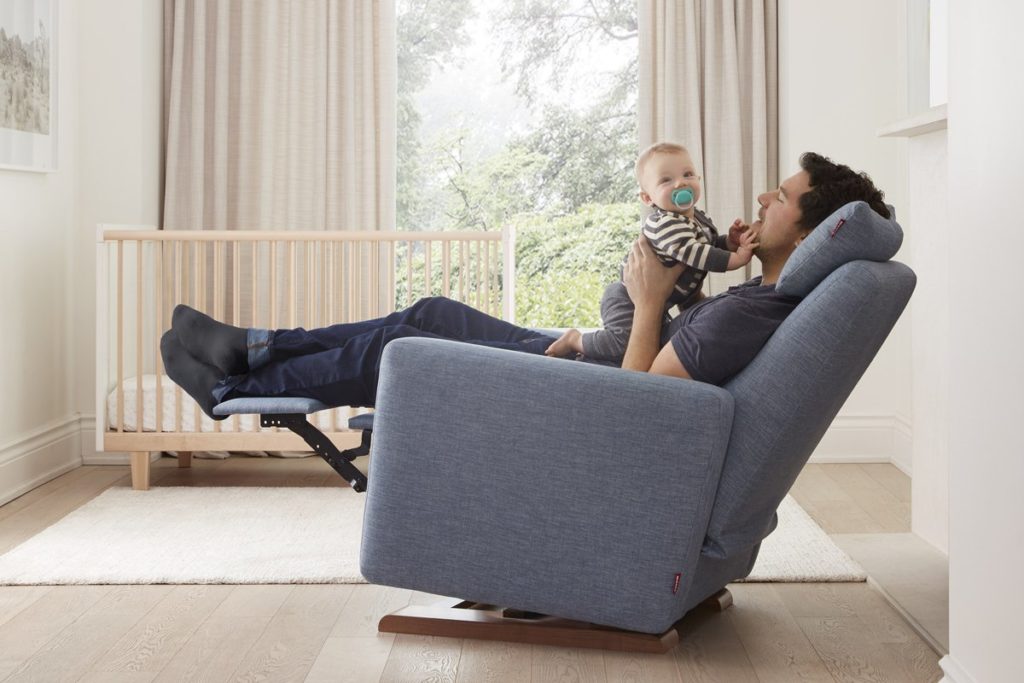



A recliner can give you a comfortable place to relax when watching movies, playing video games, or taking a nice afternoon nap. Of course, first, you need to decide which recliner is best for you. Not only are there a wide variety of styles, colors, and brands to choose from, but there are also two different types.
Manual recliners need you to adjust the back and footrests manually while power models have buttons or remotes for their adjustments. To help you choose the right one, let’s compare power recliners vs manual recliners. Each one has some benefits and flaws to consider before you choose one for your home.
A power recliner is a relatively new piece when it comes to furniture. It looks like a regular recliner but has a significant difference. Rather than the lever used for the adjustments, these chairs have controls that adjust it instead.
Power recliners are easy to use for those with physical disabilities since they require no strength to operate. Some insurance companies will even cover their cost as a medical necessity for certain people because of this.
These recliners usually offer more positions and settings than manual ones, with different areas moving independently. The electrical operation also means less wear for a longer-lasting chair.
Power recliners cost more than other recliners, plus the motor and other mechanical parts make them much heavier and harder to move. They need to be placed near a power source to run. If the electrical components in the chair break down, the repairs will cost quite a bit.
A manual recliner is a large chair with a lever on the side that you pull by hand to adjust the chair’s settings.
Manual recliners have almost no expensive components in their makeup, so they are cheaper than power recliners. The internal mechanisms are also cheaper and easier to repair. These chairs are also lighter, need no power outlet, and can be moved and used wherever you like.
Manual recliners have fewer settings and fewer options on how far back you can recline in them. You can’t adjust the back until the footrest has been lifted, limiting their use. The mechanisms wear out faster as well, so they have a shorter life than the power models.
There are a few other details to look at when you’re comparing power vs manual recliners.
Manual recliners need no power source since they have no electronics inside the chair. A power model needs power to run, so they need to be near an outlet so you can plug them in. You can also use a rechargeable battery, which will allow you to place the chair anywhere you like, but if the battery dies, you’ll be without power until it’s recharged.
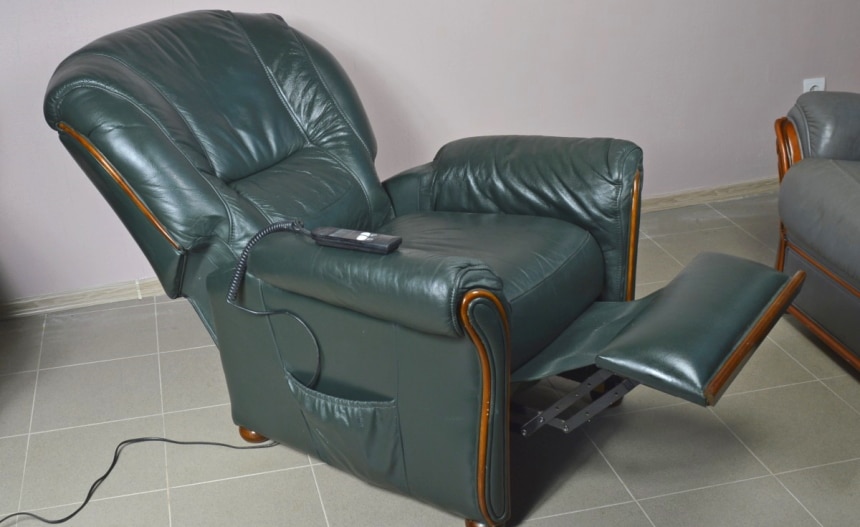
A manual recliner has a few positions to choose from, though these can’t be adjusted to your comfort level. A power recliner can be adjusted as you like using the buttons or remote that is included with the chair. This gives you multiple positions to choose from, depending on your activity or comfort needs.
Since manual recliners have no power source, it is very rare to find heat or massage functions on these models. One or both of these features are included with a variety of power recliners, so if these are features you want, a power model is a better choice for you.
When comparing the maintenance of manual recliners vs power recliners, the power ones have the advantage. The electronic mechanisms move smoothly and easily, with little wear. The mechanisms in the manual models wear down much faster, especially if you’re getting in and out of the chair every day, requiring frequent repairs.
Those mechanical parts and motors in the power recliners add a lot of weight, making these chairs quite heavy and difficult to move. Manual recliners have fewer internal components, so they are relatively light as recliners go. You can move them as needed, even up or down some stairs without straining yourself.
The main issues that you could be dealing with in regard to these chairs have to do with the mechanisms. Though the electronics in the power models move smoothly and wear out much slower, if they fail, they can be quite costly to repair. A good warranty will cover you for these but if the mechanisms fail after the warranty expires, you’ll be paying for those costly repairs.
Manual recliners don’t move as smoothly as the power recliners, so their mechanisms can wear out faster, needing repairs more frequently. However, they will cost much less and in most cases you’ll be able to perform them on your own.
Though these two recliner types look a lot alike, they have a few specific differences to note when comparing power recliners vs manual recliners. Manual models are cheaper, lighter, and have no need for a power source, so they are a good choice for some. The power models are much more adjustable, come with extras like heat and massage functions, and are better for the elderly or those with physical disabilities since they use buttons instead of a lever. Once you’ve figured out what you need, you’ll be able to choose which one is right for you.

